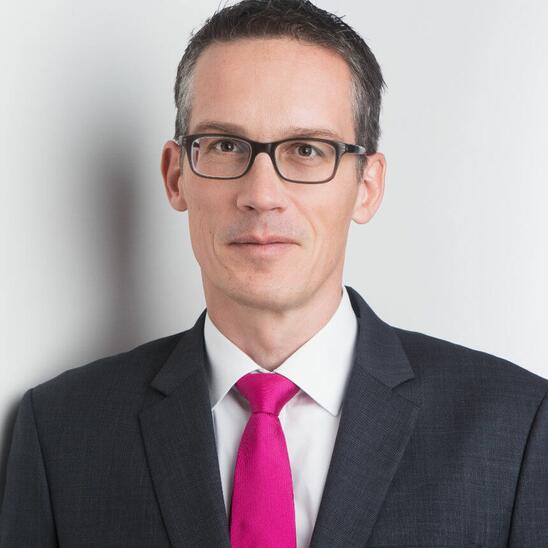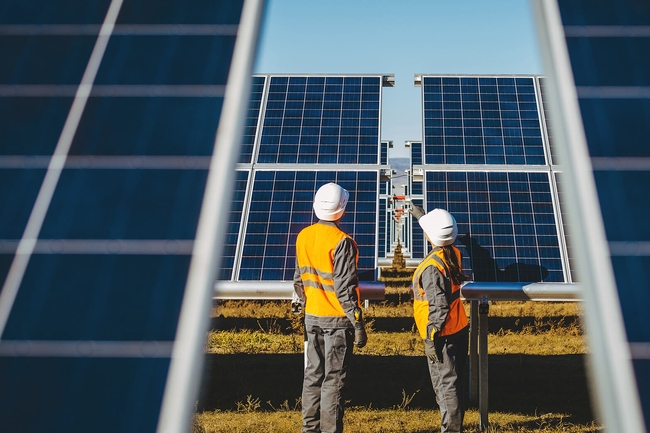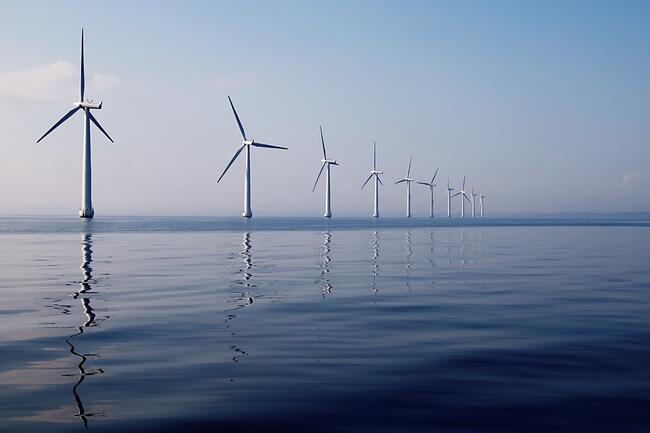Decarbonisation of raw materials industries in Germany
Client
Bertelsmann Stiftung
Year
2022
The decarbonisation of the raw materials industries in Germany can prosper – both technically and economically. Using the example of the chemical, steel, and cement industries, we show that with – temporary! – government support, companies could switch to low-emission production processes without sacrificing their competitiveness. Each industry requires a different optimal policy instrument mix. Economic policy must therefore respond to the differing needs of the respective industries and avoid pursuing a “one-size-fits-all” policy.
Not every industry requires the same support
Despite the gradual phasing out of the free allocation of emission allowances by 2035, cost parity between conventional and low-emission production processes in the basic chemical sector will not be achieved until 2042. The combination of subsidies for low-emission production processes and the emission-based border adjustment mechanism is the most advantageous for companies in this sector and helps accelerate the transformation process. Companies will then achieve cost parity with non-European companies, both before and after their technology transition.
The cement industry has a very low foreign trade orientation, and if the free certificates are discontinued, the cost parity between conventional and alternative production processes will be attained as early as 2029. The transformation can be achieved without political support, but temporary subsidies could accelerate the process by 4–5 years.
In primary steel production, a technology change from the mid-2020s onwards is economically advantageous. However, this does depend on the age of the existing plant, meaning the transition extends over several years until 2035. Due to the phasing out of the free certificates, existing assets are under increased pressure. However, emissions-based border adjustment can be used to protect the domestic market.
How can the decarbonisation of basic chemical, cement, and steel production succeed?
After the energy sector, the industrial sector is currently the second largest emitter of greenhouse gases in Germany. The basic chemicals, cement/lime, and pig iron/steel sectors currently account for around 71 percent of total industrial emissions. The decarbonisation of these industries therefore plays a central role on the road to Germany’s climate neutrality for 2045.
The aim of the study for the Bertelsmann Stiftung is to use a model-based scenario comparison to determine a beneficial combination of climate policy instruments for the decarbonisation of the basic chemicals, cement, and steel production industries. The criteria for the benefits of the climate instruments are: the lowest possible use of instruments, the highest possible level of greenhouse gas emissions avoided, and the lowest possible loss of added value and employment in the sector concerned.
Results using a model-based scenario comparison
Climate policy instruments are evaluated economically by means of a model-based scenario comparison. A reference scenario is used as a benchmark for the benefits of the climate instruments, in which the expected development of the three sectors is depicted without the influence of additional climate policy measures up to the year 2045.
This reference is contrasted with policy scenarios in which the freely allocated certificates will be dismantled by 2035 and the following climate policy instruments will be introduced: emission-based border compensation, compensating operational subsidies for transformed plants as well as a regulatory ban on conventional production processes. In the policy scenarios, these instruments are used individually or in combination.
Links and downloads
To the study in German (Bertelsmann Stiftung website)
Project team: Jan Limbers (project manager), Dr Micheal Böhmer, Leilah Dismond, Dr Alexander Piegsa
Last update: 21.02.2023
Do you have questions?
Your contact at Prognos
Jan Limbers
Senior Expert
Dr Michael Böhmer
Managing Partner | Chief Economist











